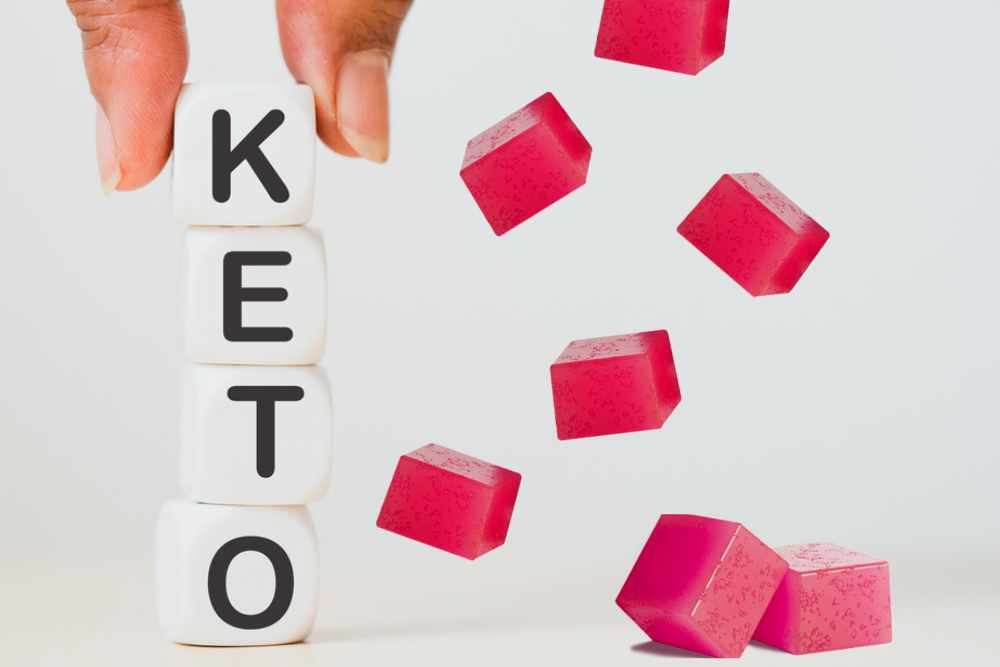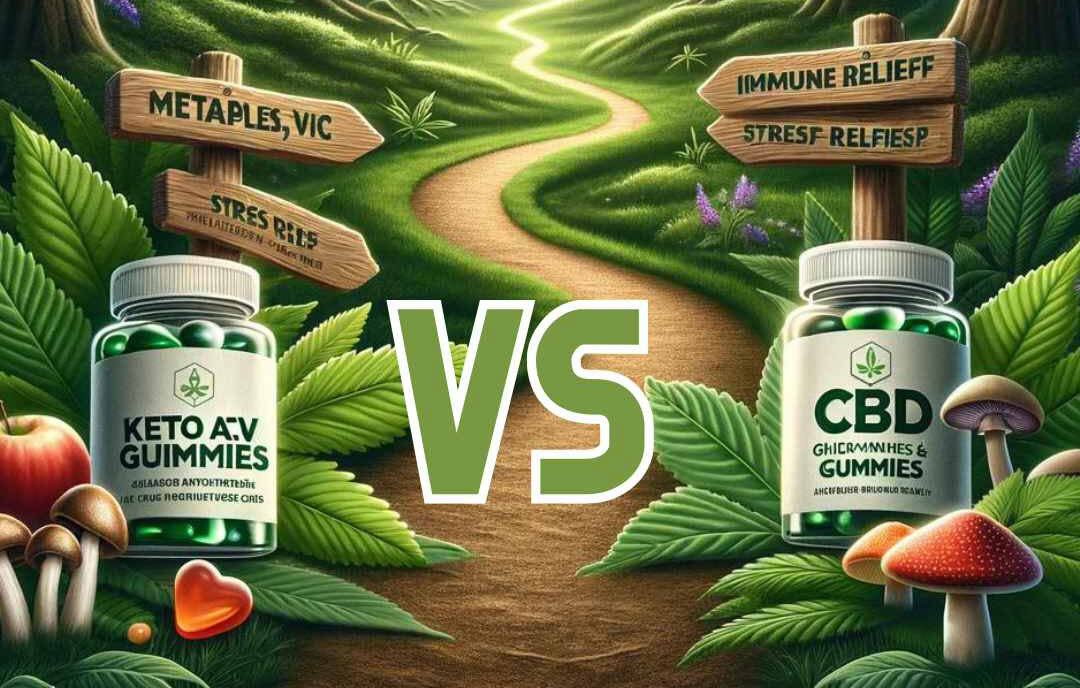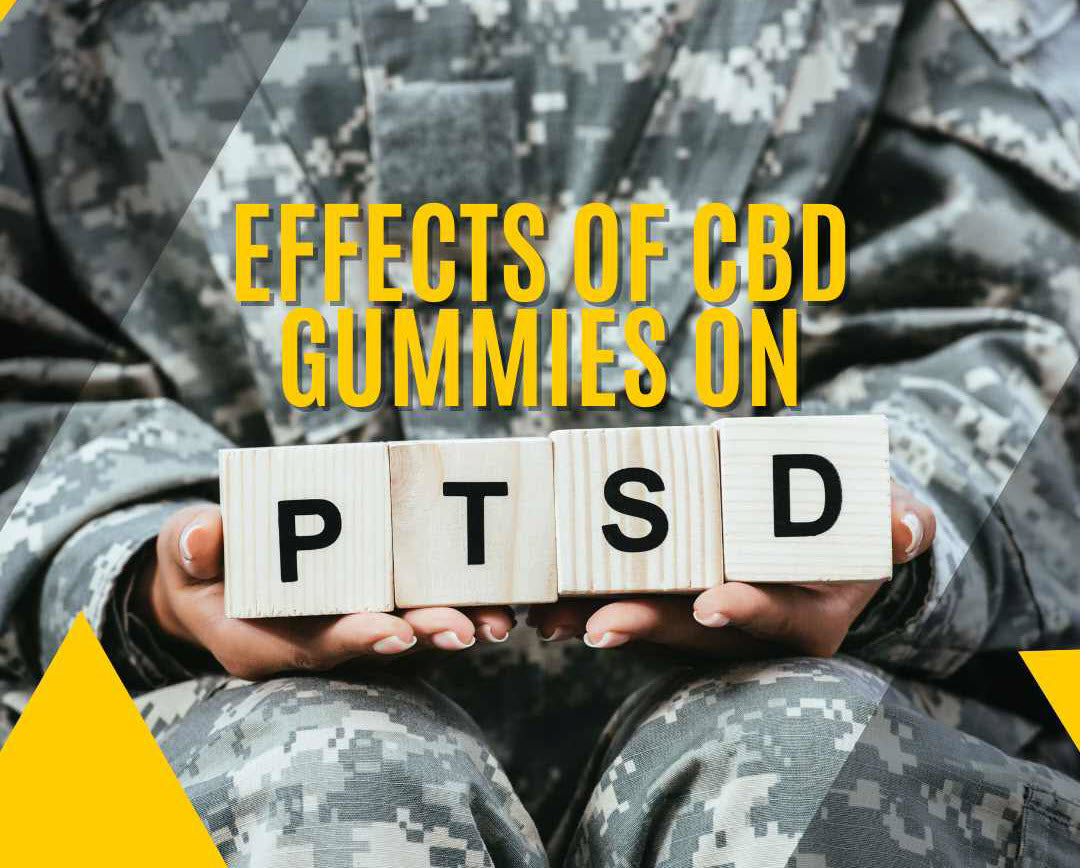Can You Overdose on CBD?
CBD, or cannabidiol, is a major cannabinoid found in hemp and cannabis plants. This cannabinoid has strong therapeutic effects and has gained popularity thanks to its ability to treat a range of symptoms.
Since CBD can induce many therapeutic effects and is derived from cannabis, it’s understandable to have concerns about its overdose risk.
The good news is that the evidence shows there is no risk of overdosing from CBD. CBD receptors are not found in the brainstem areas that control respiration, meaning that even excessive amounts of CBD do not seem to be able to suppress respiration and result in a CBD overdose (1).

Clinical and animal studies involving CBD treatment show that CBD can be safely and effectively taken at very high levels. Doses of up to 1,500 mg of CBD per day are well-tolerated (2).
However, just because you can’t overdose on CBD doesn’t mean that you can’t take too much CBD. Different people require different amounts of CBD to get the proper therapeutic effects with minimal side effects. Factors that can impact the amount of CBD that is right for you include:
- Metabolism: A slow metabolism can result in strong CBD effects, while a fast metabolism can make CBD less effective and may require a stronger dose.
- Genetics: Your genetics may affect how you experience CBD.
- Weight: Larger body weights often require higher doses of CBD than lower body weights to feel the same effects.
- The intensity of your symptoms: Stronger symptoms may require a higher dosage of CBD to be fully effective.
Aside from changing the amount of CBD you consume, you can also alter your CBD consumption methods based on whether you need a higher or lower dose of CBD.

Types of CBD Consumption:
- Vaping: Vaping CBD has a high bioavailability, meaning that a high amount of the CBD you consume will make it to your bloodstream. Vaping can achieve a bioavailability as high as 82% (3). Vaping is not ideal for those who want to reduce their risk of taking too much CBD.
- Edibles: Edible CBD options will achieve a bioavailability of around 6-20%. Edible CBD products have a lower bioavailability than vaping because of the gut’s metabolic action (4). Edible CBD products like CBD drops, CBD soft gel pills, or 3000 mg CBD drops are a good option for those who want the effects of CBD but are still concerned about taking too much CBD.
- Topicals: Topical CBD products are likely to have a low bioavailability because it is harder for water-insoluble cannabinoids to cross the skin barrier into the blood system because of the high water content of the skin (5). Topical products like CBD ointments are a great option for those new to CBD who want to start with low-levels of CBD.
Can CBD Get You High?
Besides having no risk of overdose, CBD also cannot get you high.
Though CBD is an active compound in cannabis, it is not the cannabinoid responsible for the psychotropic effects of cannabis. THC (tetrahydrocannabinol), another major cannabinoid, is the cause of the high associated with cannabis.

This makes CBD an ideal therapeutic for people intimidated by or not interested in the psychotropic effects of cannabis but who still want to experience its health benefits.
While CBD isn’t psychotropic, that doesn’t mean that it won’t induce any cognitive effects. CBD has demonstrated its effectiveness in reducing anxiety (6), depression (7), and pain (8). Relief from these symptoms may feel similar to the euphoric psychoactive effects of substances like THC.
How Much Is Too Much CBD?
CBD is largely well-tolerated, and its side effects are mild. Side effects that you may experience from CBD include lethargy, drowsiness, depressed appetite, and diarrhea. Even these symptoms are largely mild (9).
If you want to avoid these symptoms, it's best to start with a lower dosage of CBD and work your way up until you find a comfortable balance of effectiveness with minimal symptoms.

As always, consult a doctor before adding CBD to your routine, especially if you take any other medications.
You might also need a higher dosage of CBD if you have strong symptoms you are looking to treat, a high metabolism, or greater weight.
Can Pets Overdose on CBD?
CBD is so popular that it is starting to gain a reputation as a treatment for animals.
With CBD showing potential as a pain reliever (10), anti-inflammatory (11), anxiolytic (12), sleep aid (13), and treatment for skin conditions (14), it’s no wonder that people want their pets to experience the same benefits from CBD.
CBD’s effects have been investigated on animals, including mice, rats, and dogs, and research shows that bioactive substances exert relatively constant effects across mammals (15). These effects mean that the impact of CBD on humans are likely to be similar in our pets.

While it’s relatively safe to assume that animals may experience many of the same symptoms of CBD that people do, more research is needed into the safety of CBD as a pet medication before it is widely used. It’s best to consult your veterinarian before giving your pet CBD.
How to Choose a Quality CBD Product
If you’ve decided to add CBD to your routine, you can do a few easy things to ensure that you are consuming a high-quality CBD product.
To ensure you are getting a high-quality CBD, make sure to look at:
- Brand: An open and transparent CBD company that informs you about their ingredient list and production methods is more likely to be trustworthy. Product reviews will also give you insight into product quality.
- Extraction Methods: When looking for CBD extract products, the method used to extract the CBD from hemp or cannabis plant material makes a difference in the quality. Look for products that source CBD through alcohol extraction methods.
- Third-Party Lab Testing: Some brands have third-party lab testing done on their CBD products. These tests will tell you the amount of CBD actually present in a product, as well as any potentially harmful contaminants.
A high-quality CBD product could help you relieve a range of symptoms, all without the risk of CBD overdose.
* DISCLAIMER: The information in this article is for educational purposes only. It does not exploit or provide medical advice of any kind. Therefore, any reliance you place on the information below is strictly at your own risk. Please check with your medical provider before starting or changing a CBD routine.
Kirsten Thornhill, MSNanocraft SciencesContent Writer | Physiologist | ResearcherKirsten Thornhill was born and raised in a small farm town in Stanislaus County, California. Kirsten graduated with a Master of Science degree in exercise physiology from Point Loma Nazarene University in San Diego, CA. She is very passionate about human physiology and the metabolic and nutritional adaptations that occur during exercise in active individuals and athletes. Kirsten has specialized in maximal oxygen consumption testing in athletes and teaching laboratory, clinical, practical, and research applications of exercise testing to college students. She enjoys educating and informing people on the importance of lifetime movement, plant-based eating, and health research and development. Her passion for natural, lifestyle medicine enables her to strive when promoting health and education.
References
- Cannabis and cannabinoids (pdq®)–health professional version. (2020, July 22). National Cancer Institute. https://www.cancer.gov/about-cancer/treatment/cam/hp/cannabis-pdq#section/all
- Machado Bergamaschi, M., Helena Costa Queiroz, R., Waldo Zuardi, A., & Alexandre S. Crippa, J. (2011). Safety and side effects of Cannabidiol, a cannabis sativa constituent. Current Drug Safety, 6(4), 237-249. https://doi.org/10.2174/157488611798280924
- Lanz, C., Mattsson, J., Soydaner, U., & Brenneisen, R. (2016). Medicinal cannabis: In vitro validation of vaporizers for the smoke-free inhalation of cannabis. PLOS ONE, 11(1), e0147286. https://doi.org/10.1371/journal.pone.0147286
- Lanz, C., Mattsson, J., Soydaner, U., & Brenneisen, R. (2016). Medicinal cannabis: In vitro validation of vaporizers for the smoke-free inhalation of cannabis. PLOS ONE, 11(1), e0147286. https://doi.org/10.1371/journal.pone.0147286
- Bruni, N., Della Pepa, C., Oliaro-Bosso, S., Pessione, E., Gastaldi, D., & Dosio, F. (2018). Cannabinoid delivery systems for pain and inflammation treatment. Molecules, 23(10), 2478. https://doi.org/10.3390/molecules23102478
- Masataka, N. (2019). Anxiolytic effects of repeated Cannabidiol treatment in teenagers with social anxiety disorders. Frontiers in Psychology, 10. https://doi.org/10.3389/fpsyg.2019.02466
- Zanelati, T., Biojone, C., Moreira, F., Guimarães, F., & Joca, S. (2009). Antidepressant-like effects of cannabidiol in mice: Possible involvement of 5-HT1A receptors. British Journal of Pharmacology, 159(1), 122-128. https://doi.org/10.1111/j.1476-5381.2009.00521.x
- Hammell, D., Zhang, L., Ma, F., Abshire, S., McIlwrath, S., Stinchcomb, A., & Westlund, K. (2015). Transdermal cannabidiol reduces inflammation and pain-related behaviours in a rat model of arthritis. European Journal of Pain, 20(6), 936-948. https://doi.org/10.1002/ejp.818
- Perucca, E. (2017). Cannabinoids in the treatment of epilepsy: Hard evidence at last? Journal of Epilepsy Research, 7(2), 61-76. https://doi.org/10.14581/jer.17012
- Hammell, D., Zhang, L., Ma, F., Abshire, S., McIlwrath, S., Stinchcomb, A., & Westlund, K. (2015). Transdermal cannabidiol reduces inflammation and pain-related behaviours in a rat model of arthritis. European Journal of Pain, 20(6), 936-948. https://doi.org/10.1002/ejp.818
- Couch, D. G., Cook, H., Ortori, C., Barrett, D., Lund, J. N., & O’Sullivan, S. E. (2019). Palmitoylethanolamide and Cannabidiol prevent inflammation-induced Hyperpermeability of the human gut in vitro and in vivo—A randomized, placebo-controlled, double-blind controlled trial. Inflammatory Bowel Diseases, 25(6), 1006-1018. https://doi.org/10.1093/ibd/izz017
- Masataka, N. (2019). Anxiolytic effects of repeated Cannabidiol treatment in teenagers with social anxiety disorders. Frontiers in Psychology, 10. https://doi.org/10.3389/fpsyg.2019.02466
- Shannon, S. (2019). Cannabidiol in anxiety and sleep: A large case series. The Permanente Journal. https://doi.org/10.7812/tpp/18-041
- Palmieri, B., Laurino, C., & Vadala, M. (2019). A therapeutic effect of cbd-enriched ointment in inflammatory skin diseases and cutaneous scars. Clinical Therapeutics, 170(2). https://doi.org/10.7417/CT.2019.2116
- Institute of Medicine. (1999). Cannabinoids and animal physiology. In Marijuana and medicine: Assessing the science base. National Academies Press.
- #cannabidiol
- #cbd
- #cbdforathletes
- #cbdoil
- #hemp
Tagged under














No comments yet!
Be the first to comment